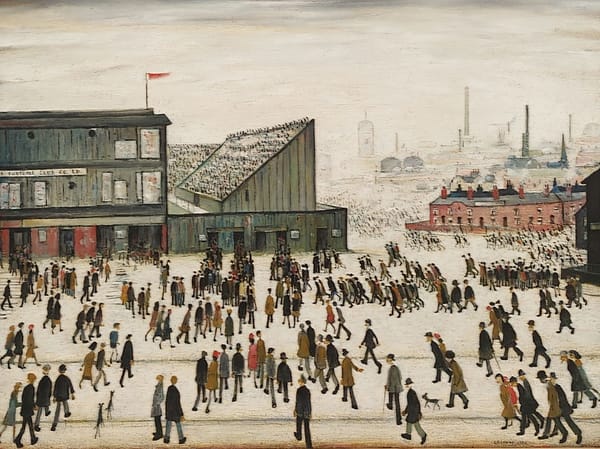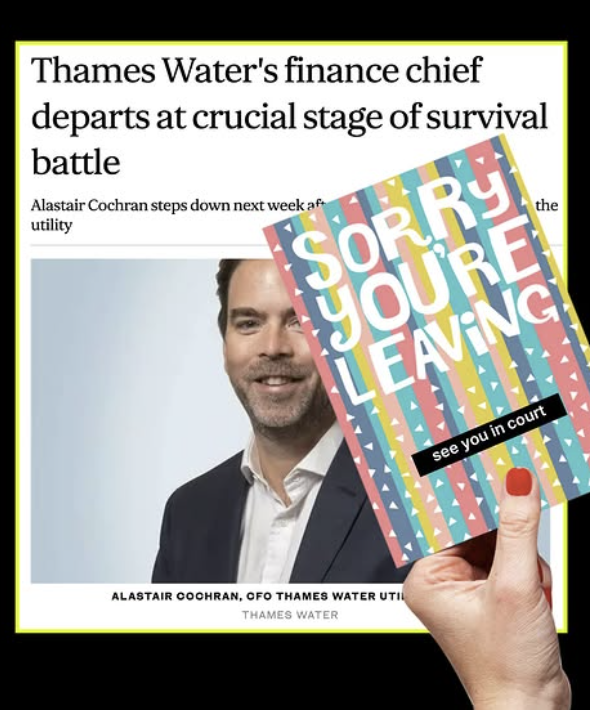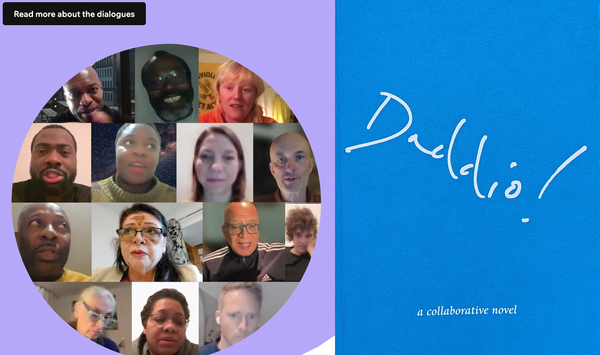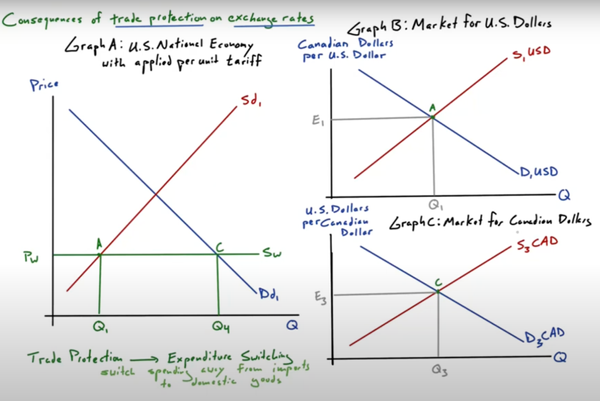Feeling the risk we’re in: an invitation to collaborate
A year-long investigation into provoking emotional realisations of the risks we’re in, in a way that leaves people feeling equipped to act.
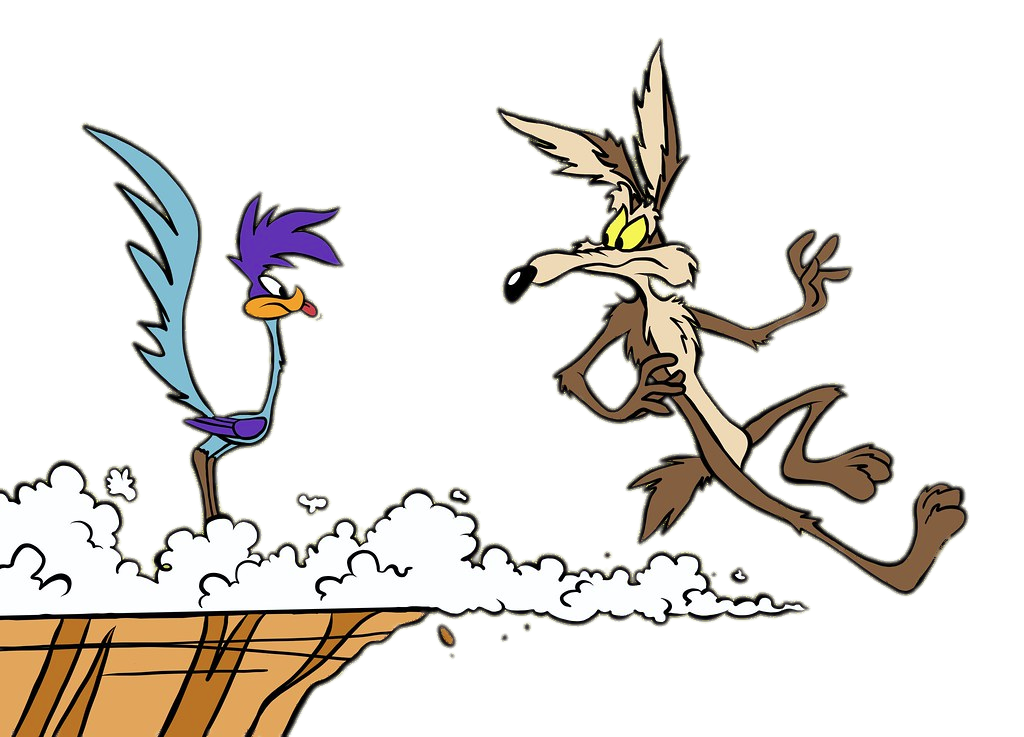
Would you bet your life on a coin toss? A 50/50 chance of death? You probably wouldn’t. You’d feel the risk is too much, too high. Millions do, though. That 50/50 coin toss is exactly the true risk (50%) of dying from long-term smoking.
Communicating risk is complicated. For example, how do we best communicate the risk we are in, as a human species, as our earth systems trajectories lead us towards immense, chaotic self-harm – even self-destruction? And leave us not paralysed, but ready to act. The IPCC tells us we’re about at 50-75% probability of passing 2 degrees, and unprecedented civilisational devastation. You’re better off smoking! (No, please don’t).
We’ve been trying to figure out how to answer this question since reading Spratt and Dunlop’s paper ‘What Lies Beneath: The Scientific Understatement of Climate Risks’ (Clare since 2018, the rest of us a bit later). There is so much experience, research, writing, art, music, ritual, protest, and myriad other works figuring this out too. We know we’re not alone. One of our special skills is joining up some of the dots. And we think risk is where the dots come together.
Risk is a term used in many different domains – finance, security, science (though subtly different in each). Research from the UCL Climate Action Unit has also shown how these domains understand “risk” very differently. The domain of risk communication is large as well. It encompasses psychology, neuroscience, sociology, economics, finance, business management, terror management, and many other fields.
But we haven’t yet reached the place where enough of us (a majority) feel the real risk we’re in, in terms of climate impacts and collapse. If we did, our hunch goes, we’d be more ready to transform our social, political and economic cultures – whatever it took.
So, we’re sharing this invitation to defibrillate our collective imagination. And because the problem is not about an information deficit but a great stuckness, we believe creative responses have a better chance of intervening well in policy, industry and culture.
The outcomes we aim for are not a technical appreciation of risk, although we need to understand it well. Instead, our guiding star is for people to experience the emotional realisation of the true level of risk we’re in, while feeling equipped to act. If you have a deep interest in this area, expertise, or funds, talk to us.
We’re approaching this subject to better engage with reality ourselves and to see how that could extend to others. Grounded in our ambition to replace the values of consumption and production with care and freedom, we ask:
- What kinds of systems of care, structures of freedom, and methods of being with each other are needed for people and populations to feel capable of acting on the scale of the risk we’re already in?
- How can people be equipped with what they need to make a difference, in the face of all that stands in the way of making a difference?
The Position Paper at the end of this article get things started. What the work looks like will be a little conventional (round tables!) and a little alternative (fabric workshops!?) and hopefully energising, full of movement, direction and action. As our track record attests, we get shit done.
There’s lots to read in the paper, please download it. This is not a paid commission, or not yet (we are fundraising, and can do more together). What might be most useful, is if you see yourself (or yourselves) within one (or more!) of these parallel strands:
- SPECULATIVE INSURANCE: what will the world be without an insurance industry?
- SPECULATIVE STORIES: we have thousands of years of stories about how we come to the emotional realisation (or don’t) of the risks we face (Cassandra, Boy Who Cried Wolf, King Midas, King Lear); how do we learn from this deeply ingrained mythopoetic knowledge, and use it to communicate today?
- WORK AT THE FRINGES: Spratt and Dunlop were already telling us to look beyond the mainstream experts who were underestimating climate risks, if we weren’t to suffer a “failure of the imagination” in communicating the real levels of risk. So now, who should we be listening to, and learning from?
- COMMITMENT DEVICES: What are the mechanisms that will help people stop being derailed by the impacts of climate collapse from focusing on the causes? (What Laurie Laybourn at SCRI / IPPR has termed ‘derailment risk’.)
- HIGH RISK CHOICES IN EXTREME RISK: Governments often only commission dangerous research because we’re already in the kind of world that needs to hypothesise “what will happen if…” If high risk breeds high risk, what are we missing in how we are accelerating the risk we’re in?
- HOW MUCH RISK PEOPLE TAKE WITH OTHER PEOPLE’S LIVES: Your Parent-Teacher Association would not wrap a playground in flammable cladding and fill it with dodgy electrics and send your kids to play there. But that’s what corporate people do – just read the report on Grenfell. ‘Don’t trust an expert without skin in the game of the downsides of the impact of their decisions,’ (Nassim Taleb) guides this strand of the investigation.
If you’re interested in any part of this brief and being part of the investigation, drop us a line on alex@absurdintelligence.com.
We plan to get going by the end of March.
Why should you get involved?
After all, this isn’t easy work. It’s the kind of work that if you take it home it can really spoil your evening (sorry, love). But what else can we do? We’ve chosen not to give up and hand over our future to the Broligarchy. Although we might not see the fruits of our work as they blossom two or three generations from now, we still do it, because it’s right to do so.
We don’t build bunkers, we build relationships.
Come and join the dots with us.




